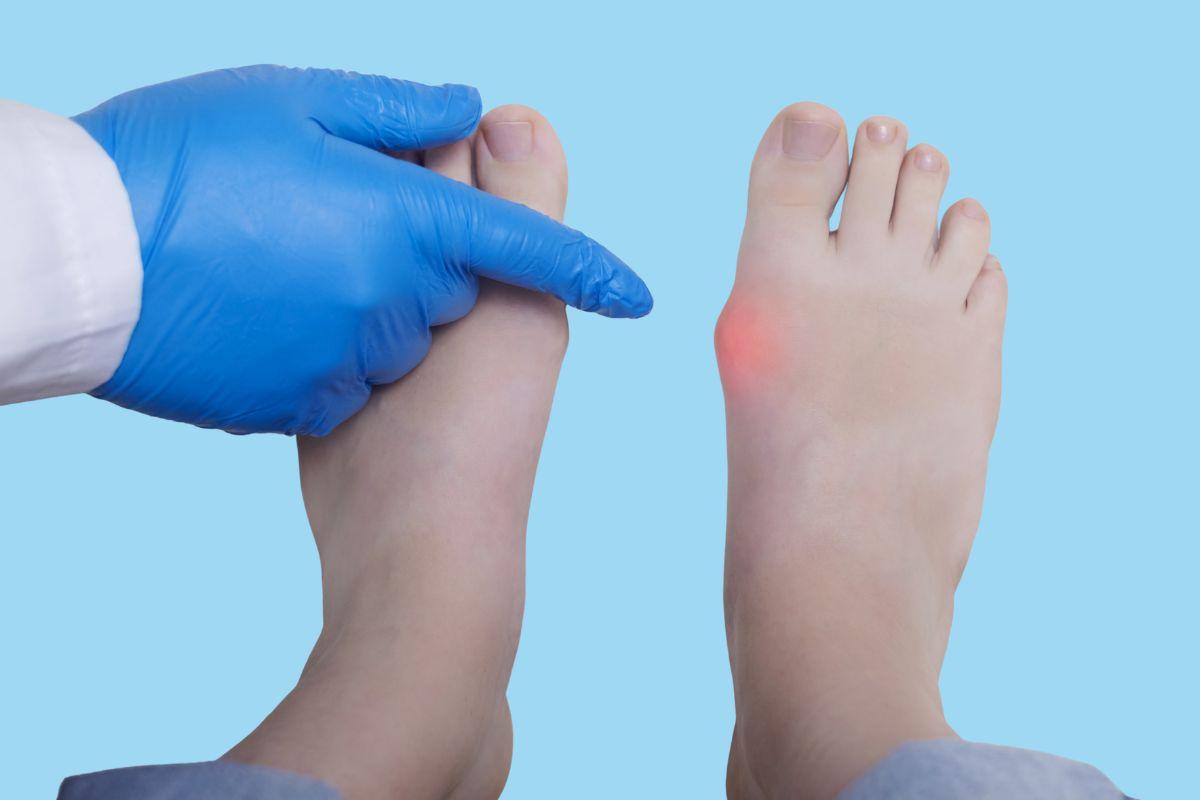Rehabilitation with or without surgery
Your rehabilitation should be carried out under the guidance of a physiotherapist and it is best to start this as soon as possible after injury. This is the same whether or not you end up undergoing surgical intervention so time is not wasted by not having surgery immediately. Research tells us the best results from surgery come from the knee and surrounding musculature being in the best shape possible beforehand. Preferably, the swelling in and around the knee should be controlled and full extension achieved prior to surgery being carried out. You should ideally have undergone a period of ‘pre-habilitation’ to help facilitate this, which would involve a programme aimed at achieving full knee extension with specific and targeted muscle strengthening and activation exercises. On top of this, a comprehensive programme would also address control and proprioception not only at the knee but distally and proximally to this too at the ankle and hip, ensuring any neuromuscular control deficits are appropriately targeted. Exercises should be progressed appropriately.
It may be possible to avoid surgery altogether with this approach however it is important to realise you would still be ACL deficient and so rotational stability is not as guaranteed as if you were to undergo reconstruction. The benefit therefore of surgery is it guarantees this by physically repairing the ACL. You would still however need to undergo the same comprehensive rehabilitation programme to maximise your recovery and minimise the risk of a re-rupture. Gold standard practice dictates this is a twelve-month process. Research has also shown there can however still be deficits in strength at up to two years postoperatively and so maintaining a progressive programme is key to the best outcome.

How to prevent re-injury?
The best form of physiotherapy will not work to stringent time-frames but instead base progressions on your functional capability. Having a physiotherapist who is motivating as well as clear with this is absolutely critical. Just because you have passed a certain time-frame does not dictate that you are able to progress. You must have the functional load capacity to do this in order to minimise the risk of re-injury. Ineffective neuromuscular control increases the risk of ACL rupture. Injury prevention programs that address decreased neuromuscular control are effective at decreasing high-risk biomechanical movements and therefore ACL injury. These programs focus on improving the alignment of the knee, trunk control, landing strategies and limb to limb asymmetries.
Quick Q&A with physiotherapist Alan Robb





